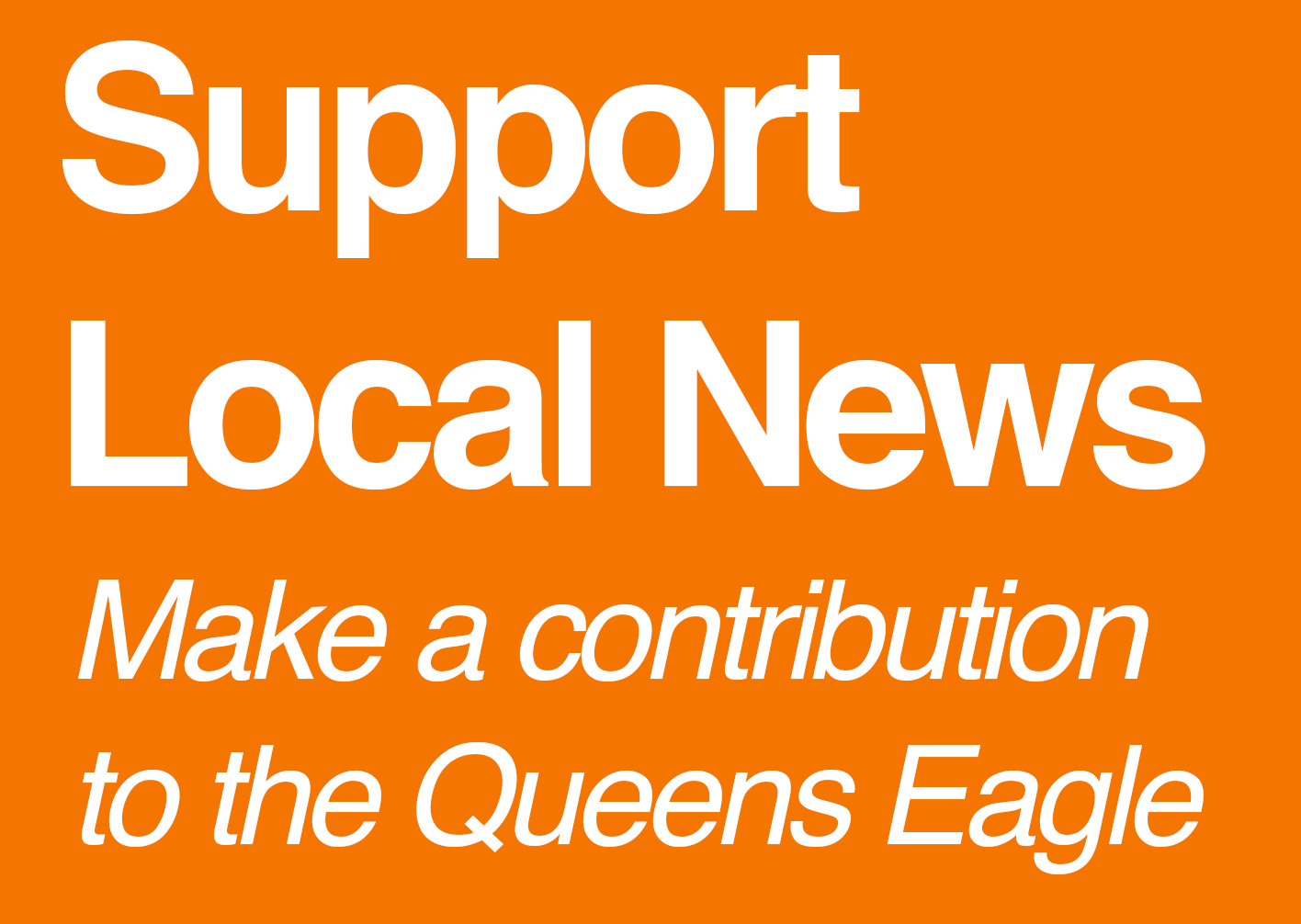New report claims NY judges are undermining bail reform
/A new report found that New York judges are following bail reform requirements, but are not offering affordable bail options as the law intended. Eagle file photo by Walter Karling
By Noah Powelson
It’s been over five years since New York State implemented contentious legislation that ended the use of cash bail for most misdemeanors and nonviolent felonies.
In that time, the controversial laws haven’t been fully enacted by judges, according to a new report.
The Zimroth Center at NYU School of Law authored a new report alongside the legal advocacy group Scrutinize detailing how judges set exorbitantly high costs on what should be affordable bail options. The 62-page document titled Setting Bail to Fail, gives an in-depth history and data analysis of how New York judges are allegedly undermining the original intention of bail reform by incentivizing low-income New Yorkers to pay nonrefundable fees on commercial bail options.
According to the report, more and more judges set partially secured bonds at amounts higher than commercial bonds, sending New Yorkers back into the commercial bond industry and defeating one of the purposes of the 2019 reforms.
“The numbers tell a clear story: New York judges are setting bail to fail,” Oded Oren, the executive director of Scrutinize, said in a statement.
Beginning in 2020, judges had new requirements for the types of bail offered to defendants under the reforms. All judges were required to give defendants at least three payment options to post bail. At least one of those options had to either be a Partially Secured Surety Bond (PSSB) or an Unsecured Surety Bond (USB).
A PSSB is a bond that requires an additional refundable deposit from a third party, usually a friend or loved one, of the defendant. The deposit is usually 10 percent or less of the bond and is returned to the third party once the defendant appears in court. If the defendant does not appear in court, whoever paid the fee then has to pay the rest of the bond.
A USB is a written promise to pay the full bond if the defendant does not appear in court, either themselves or through a third party. Out of the options judges can offer, USBs are the only ones where a defendant can be released without anyone paying an upfront fee or deposit.
Using pretrial data published by the New York Office of Court Administration and the Department of Criminal Justice Services, the report found that judges 99.9 percent of the time complied with legal requirements to offer defendants at least one of the affordable bail options. The problems come, however, with how those bonds were offered.
“We find that judges largely followed the two bright-line rules requiring them to offer three bail options,” the report said. “However, an examination of the bail amounts set yields mixed results. In most cases, judges set bail amounts in a way that made commercial bonds, rather than PSSB, the least expensive option.”
Overwhelmingly, the most common form of bail options offered was either cash, PSSBs or commercial bonds, and they were offered in one package to defendants 83.4 percent of the time.
Judges were much less interested in offering the theoretically cost-free USBs to defendants. In the over 84,000 cases where a monetary bail was set since bail reform was implemented, judges only offered USBs 497 times, less than 0.1 percent of all cases.
Judges also clearly preferred to offer PSSBs to defendants. In those same 84,000 cases, judges used PSSBs roughly 99 percent of the time.
Additionally, while judges near universally met the minimum requirements, they rarely went beyond. The report says that as little as 10.4 percent of judges offered defendants four bail options. Less than 1 percent of judges offered a fifth.
But problems came not just from the lack of options but that the 10 percent deposits required with PSSBs are so expensive that it deters defendants from choosing it even if that money is refunded later, the report said.
“In at least 13.3 percent of cases, judges set PSSB amounts so high that the PSSB upfront payment exceeded the amount required to satisfy the total cash bail amount,” the report continued. “Effectively leaving defendants with only two bail options, cash bail and commercial bond.”
For roughly 64.9 percent of all monetary bail cases, the PSSB was offered the middle option in terms of affordability, with either cash or commercial bonds being cheaper, and the other being more expensive, according to the report.
PSSBs were rarely the most expensive options, only 2.7% of cases. But even rarer was the times PSSBs were the most affordable option, only 1.3%.
The limited options and financially unattractive PSSBs meant “that defendants and their families are not reaping the full, intended benefits of the 2019 reform,” the report said.
The report recommends a series of improvements, including a public dashboard tracking judicial compliance with bail reform, requiring explanation when PSSB is set as less affordable than other options, holding judicial training on the legislative intent behind bail reform, and other efforts.
The Office of Court Administration, which would be responsible for implementing many of the recommendations made in the report, said that they will “carefully review the report.”




